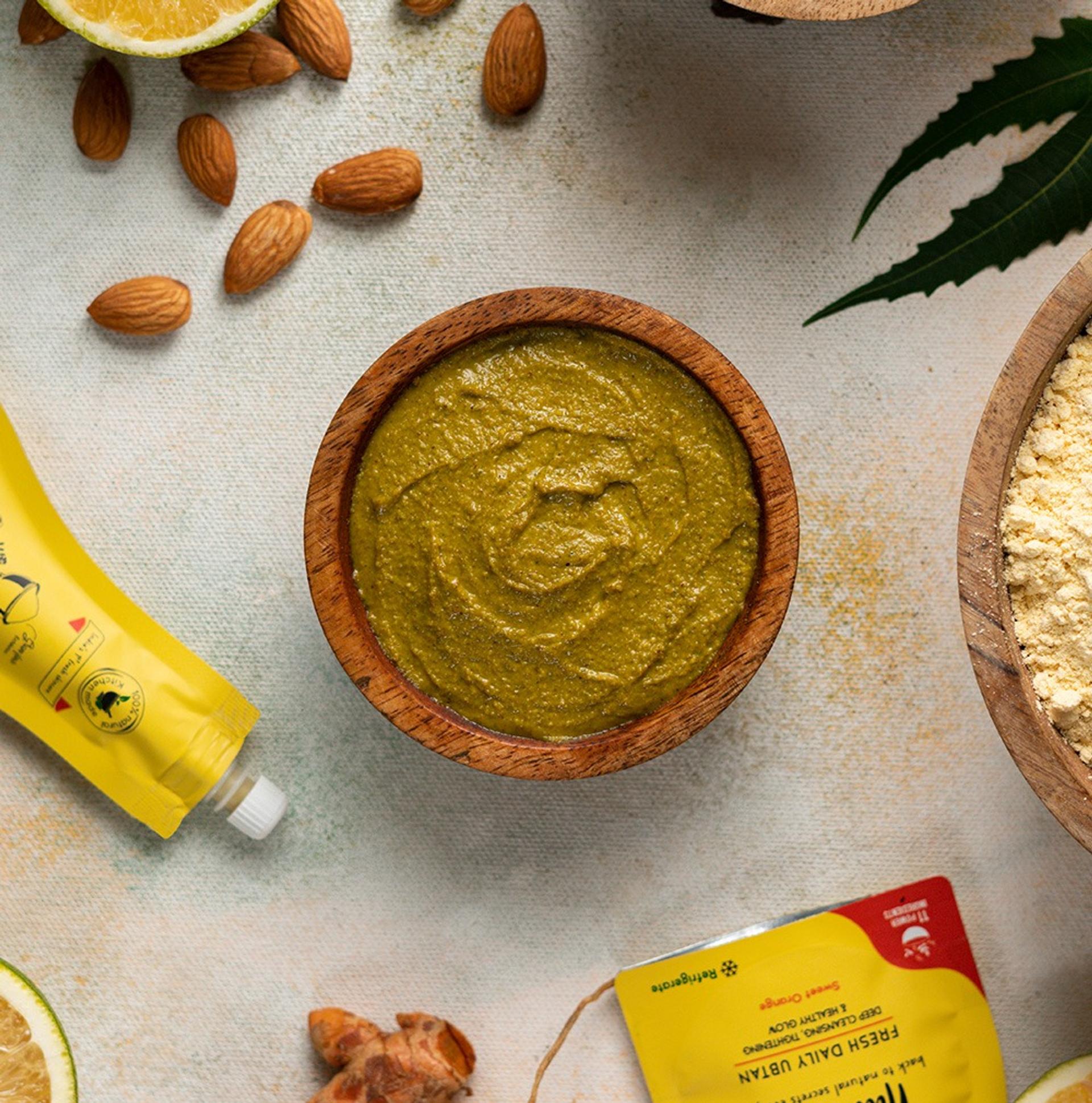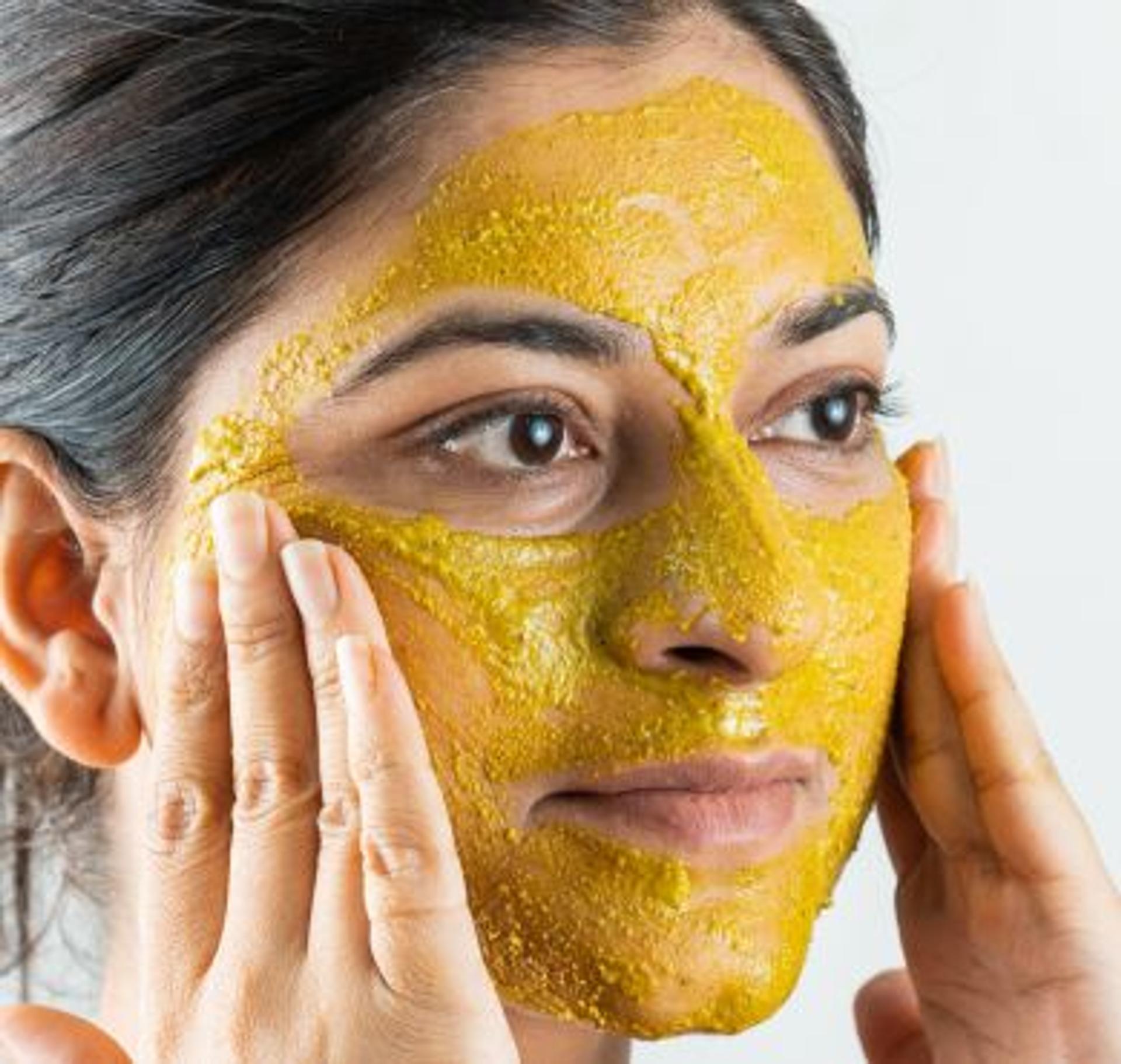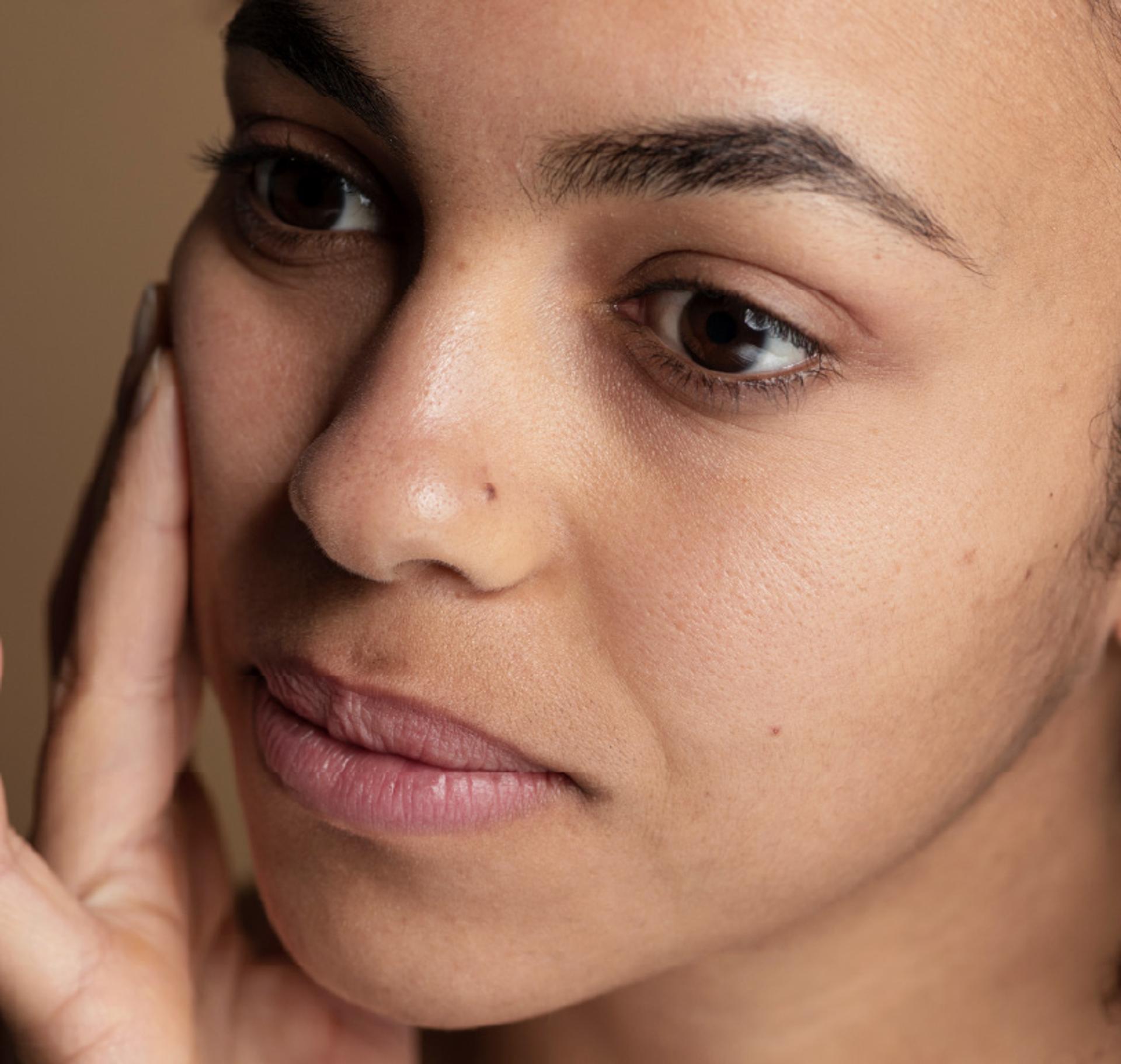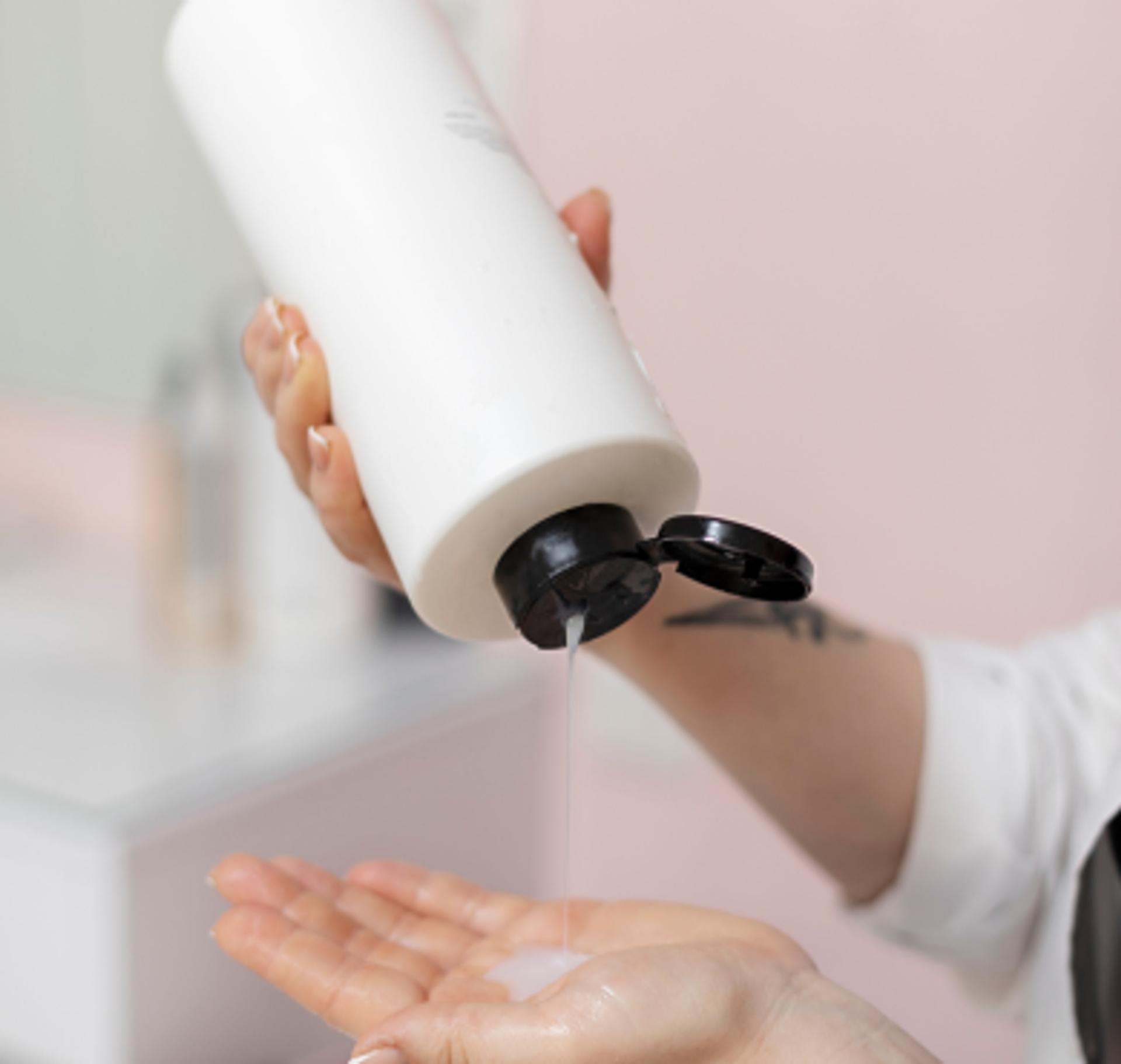
There’s More to It Than Dryness — The Hidden Risks of SLS and SLES Shampoos
By Nat Habit
If you’ve ever looked at your shampoo label, you might have spotted Sodium Lauryl Sulfate (SLS) or Sodium Laureth Sulfate (SLES) listed among the ingredients. These are popular surfactants—basically the cleaning agents that make your shampoo foam like crazy and remove dirt and oil. But don’t be fooled by that satisfying lather. While they do a great job at cleansing, there’s more going on beneath the surface than just dryness.
The Usual Suspect
Dryness and Stripped Oils
First things first—yes, SLS and SLES strip away the natural oils (sebum) that keep your scalp and hair moisturized and protected. That can leave hair feeling dry, brittle, and your scalp itchy or flaky. But that’s only the beginning.
What Else Do SLS and SLES Do?

1. Irritation and Sensitivity
SLS, in particular, is a known irritant for many people. It can disrupt the protective barrier of your scalp skin, making it red, inflamed, and sensitive. For those with eczema, psoriasis, or sensitive skin, this can trigger flare-ups and discomfort. Even if your skin isn’t overtly reactive, repeated exposure to these harsh detergents can lead to chronic irritation over time.
2. Disrupting the Scalp’s Microbial Balance
Your scalp hosts a delicate community of beneficial microbes—your scalp microbiome. SLS and SLES don’t discriminate when cleaning—they sweep away both dirt and your good microbial friends. This imbalance can encourage the growth of harmful microbes, potentially leading to dandruff, scalp acne, or even fungal infections.
3. Damage to Hair Structure
Sulfates can lift and roughen the hair cuticle—the protective outer layer of the hair shaft. When the cuticle is compromised, hair becomes more porous, fragile, and prone to breakage and split ends. This rough surface also dulls your hair’s natural shine and can make styling a challenge.
4. Color Fading and Damage
If you color your hair, sulfates can be especially harsh. They open up the hair cuticle and wash out color molecules more quickly, leading to premature fading and the need for more frequent touch-ups. Over time, this can weaken hair and reduce vibrancy.
5. Environmental Impact
Beyond personal care, sulfates have environmental concerns. These compounds can contribute to water pollution, affecting aquatic life when washed down the drain.
Myth Buster
“Sulfates Are Always Bad”
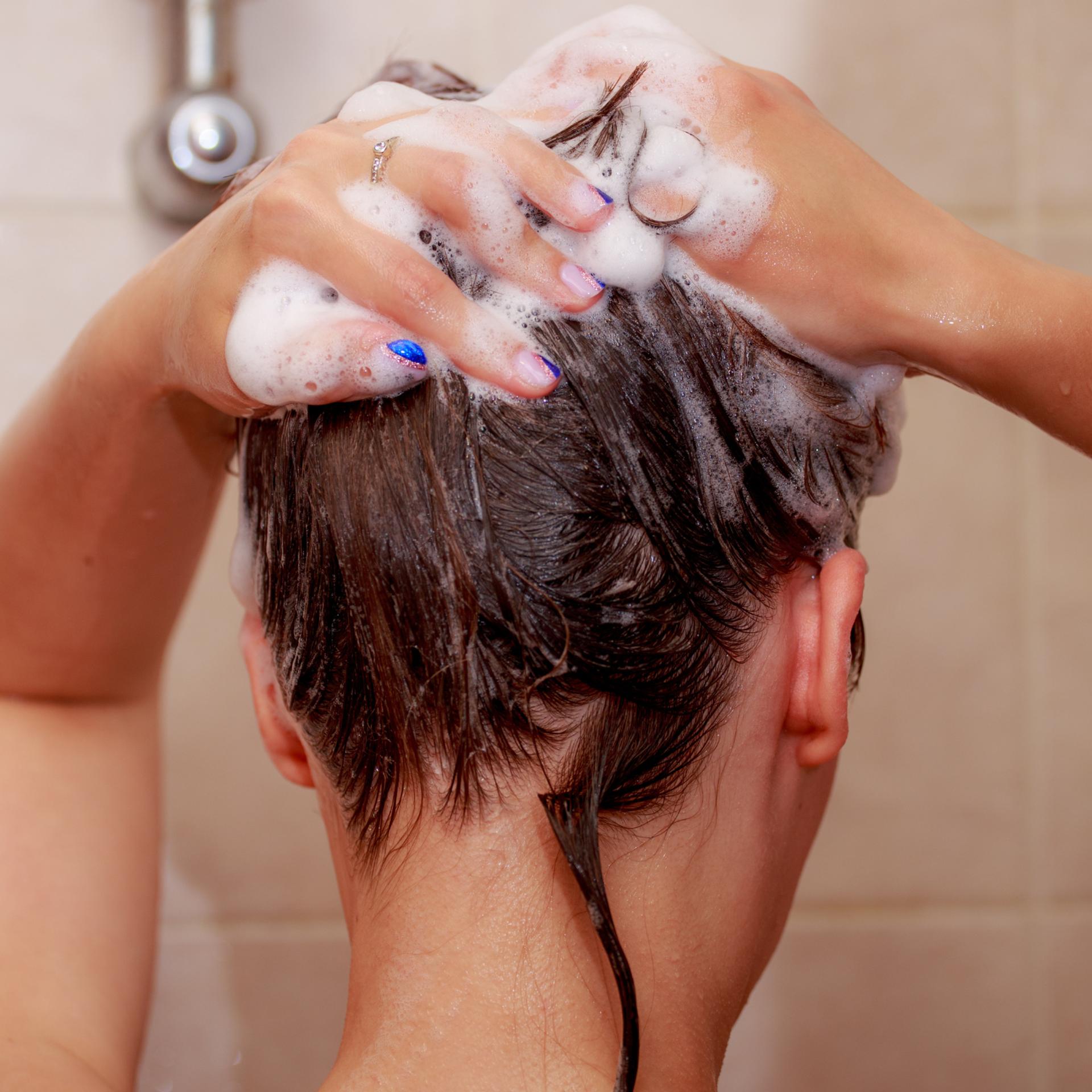
Not all sulfates are created equal, and their impact can depend on concentration, formulation, and individual sensitivity. Some sulfate-containing shampoos are formulated to be milder or combined with conditioning agents to reduce irritation. Still, many people, especially with dry or sensitive scalps, benefit from avoiding them altogether.
What Should You Do Instead?
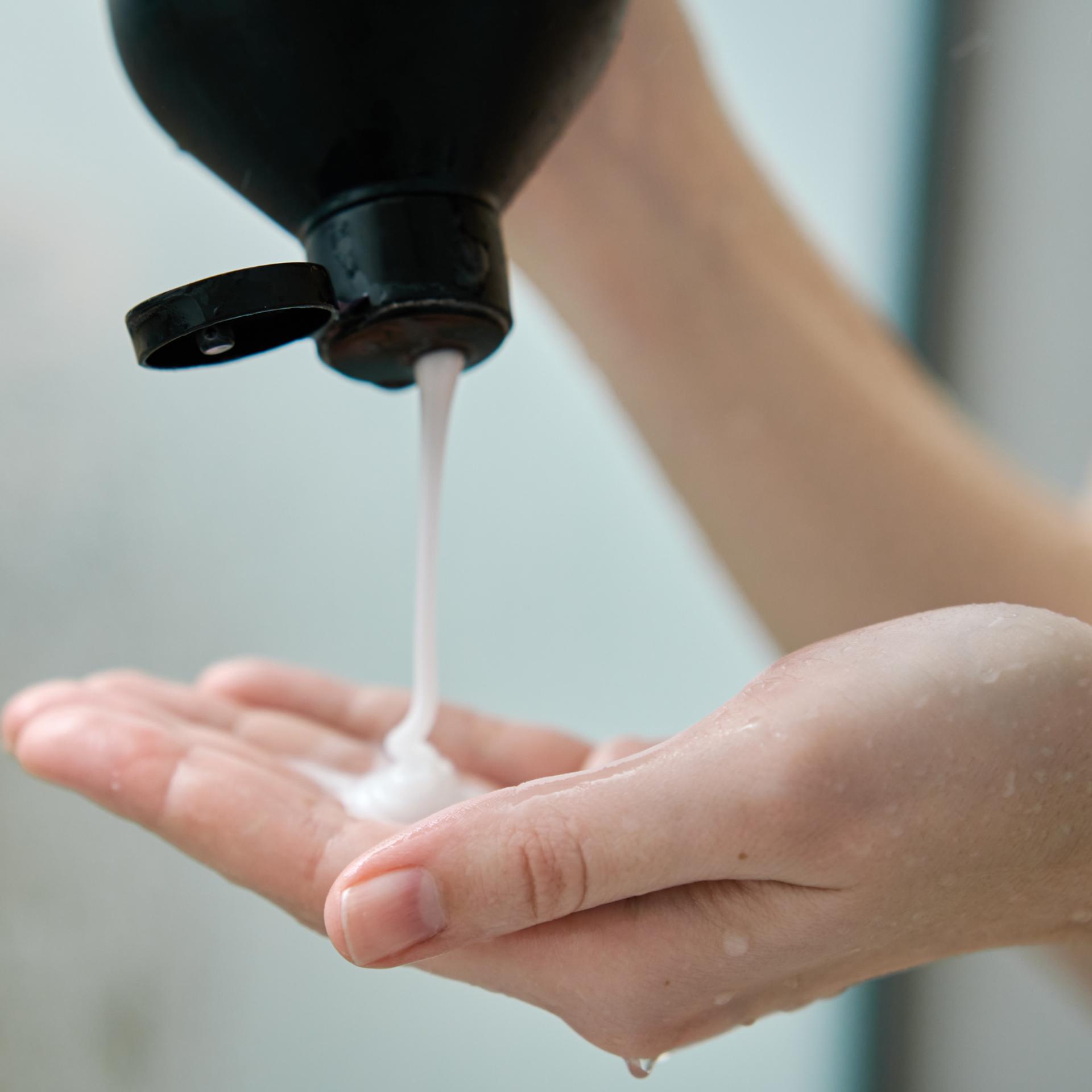
Look for Gentle, Sulfate-Free Alternatives: Ingredients like coco glucoside, decyl glucoside, or sodium cocoyl isethionate offer effective cleansing without the harsh side effects.
Nourish and Protect: Follow shampooing with moisturizing conditioners, hair oils, or masks to restore hydration and seal the cuticle.
The Takeaway
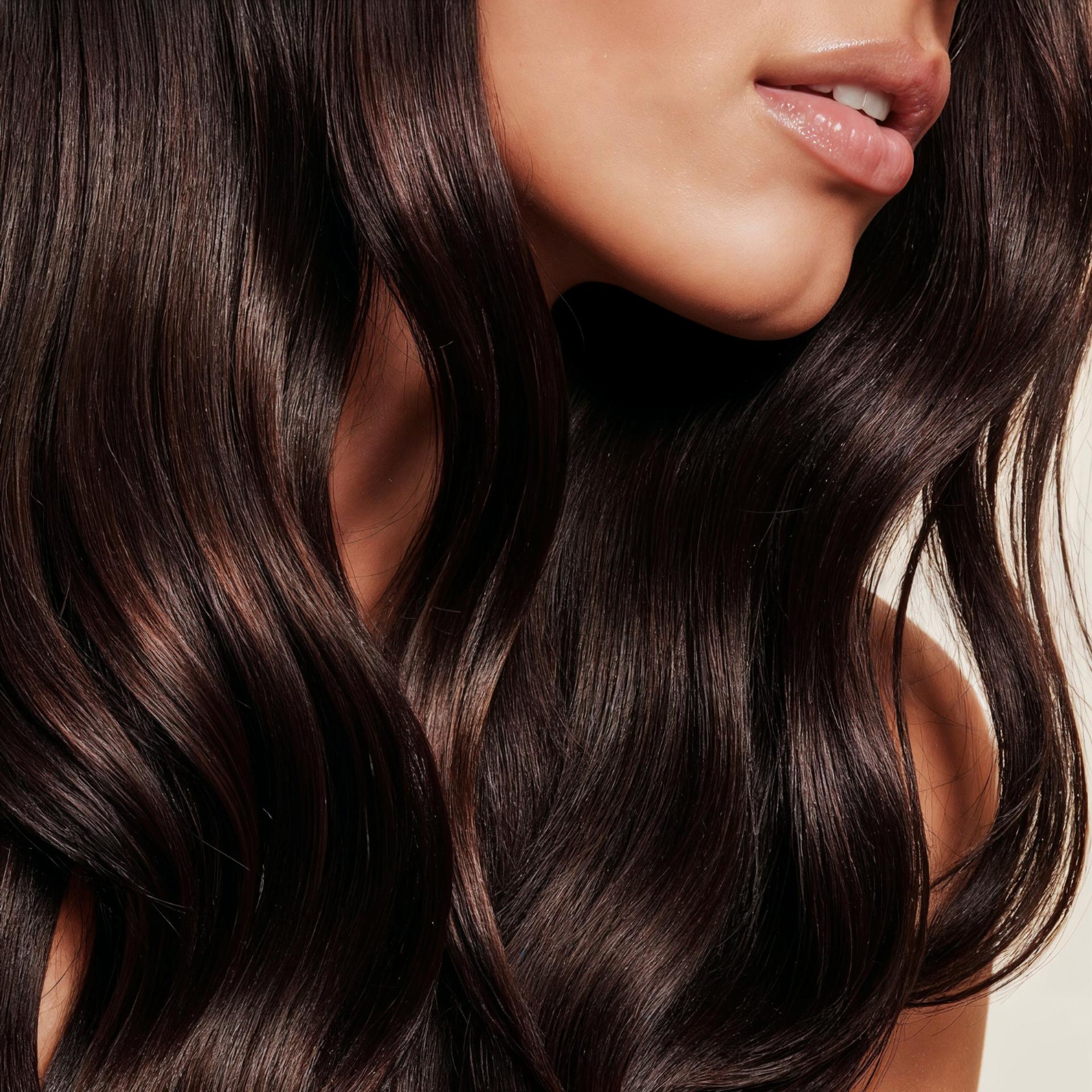
SLS and SLES shampoos may get your hair squeaky clean, but they come with a price that goes far beyond dryness. From scalp irritation to damage at the microscopic level of your hair structure and microbial ecosystem, it’s worth questioning if that foam is really worth it. Your scalp and hair deserve gentler care for long-term health and beauty.
Learn more
